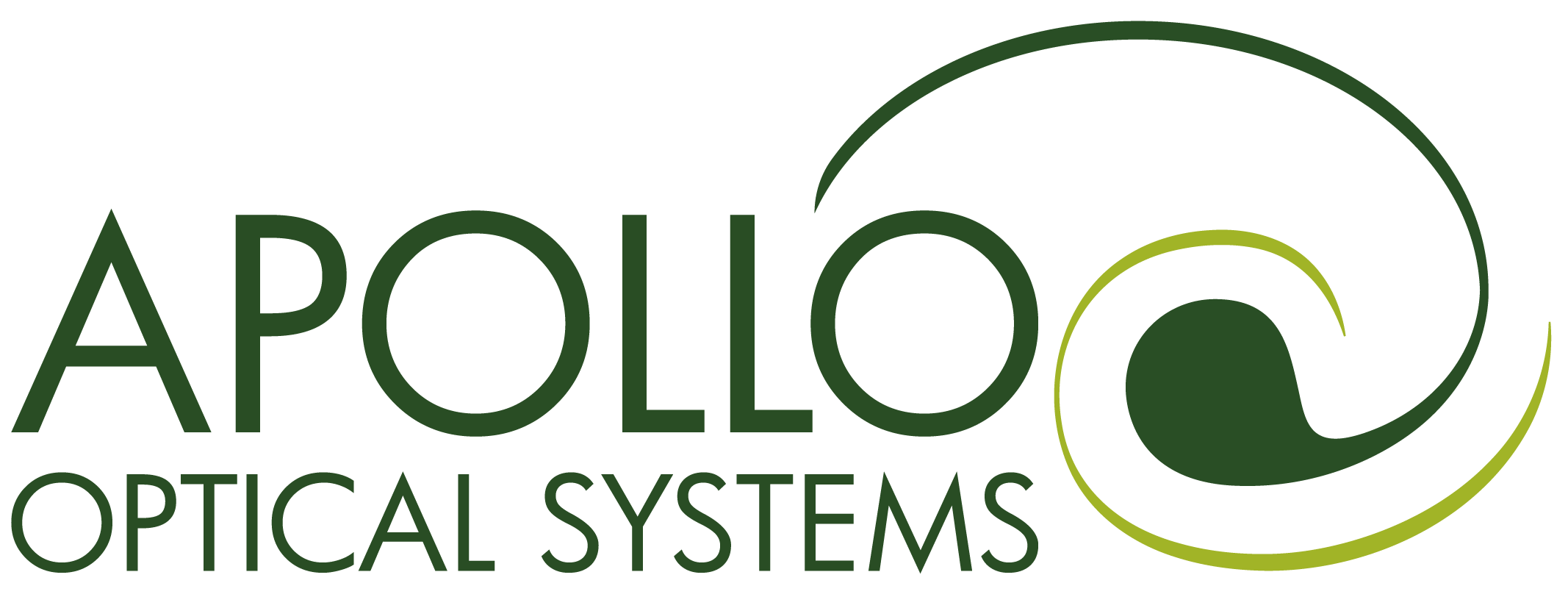Standard optical components and assemblies are cheaper, more accessible to the source, and more suitable for many optical systems and assemblies. But not every project can be realized with standard components, so custom optical components and design services are necessary.
What Are Custom Optical Components?
Many optical elements, including laser mirrors, prisms, and lenses, are designed with standard parts. Some components require custom optical capabilities and design services to suit specialized projects.
Custom optical projects often require these custom optic elements, such as dichroic mirrors, optical filters, and prisms, which aren’t available with stock products. In some cases, custom optical elements aren’t fabricated from scratch but instead by adding processing steps to customize them to a product’s specifications. Examples include standard uncoated optics requiring custom coatings or standard spherical lenses requiring surface modification.
Furthermore, custom optical assemblies or systems may use a combination of standard and custom optical elements, such as infrared inspection systems, laser beam delivery systems, and spectrometers for optical sensors.
The more essential parameters an optical component or assembly has, the less likely it is to work correctly with standard products. In these cases, it’s necessary to create custom optical components that adhere to the specifications of the system or project.
Applications for Custom Optical Capabilities
Custom optical capabilities are necessary for a variety of industries and applications, including:
Life Sciences Optics
The life sciences and research are broad fields that require optical components. Everything from specialized cameras to high-resolution microscopy to 3D imaging. Optical components are used in veterinary diagnostics, optical spectroscopy, optical profiles, flow cytometry, environmental analyzers, and atomic force microscopes.
Medicine and Healthcare
One of the most prominent uses for optical components is medicine. Virtually every branch of medicine requires optical components, including optics for contact lenses and glasses or illumination for light-based medical equipment. Diagnostics also rely on optical components, such as endoscopy with fiber optics, medical cameras, and sensors for lab equipment.
Military and Defense
The military and defense forces require custom optical components for various products, including laser prisms, optical testing tools, and optical lenses. Military lasers, night vision optics and infrared filters, nuclear defense, targeting systems, missile guidance systems, biometric scanning devices, surveillance devices, and thermal imaging use custom optics.
Consumer Products
Many consumer products rely on custom optical components, including 3D imaging for film and gaming, gesture recognition and pattern recognition, and virtual and augmented reality with holographic elements.
Automotive Custom Optics
Vehicles require custom optical components for everyday uses like interior and exterior LED lighting and emergency vehicle lighting. They’re also necessary for safety components, including wide-angle lenses, camera optics for lighting, and advanced safety technology sensors like lane departure warnings and adaptive cruise control.
These are just a few of the prominent applications for custom optical components.
Custom Optical Design Services
At Apollo Optical Systems, our optical design starts with a thorough understanding of the problem and the physical and technological principles that will guide cost-effective, high-performance solutions. Once you present your custom optical project to us, we’ll work closely with you from design to prototyping to final production to ensure a streamlined project.
Our in-house design expertise includes optical and mechanical design, providing an integrated approach to your project. Once complete, our extensive metrology capabilities ensure that your optical components and systems align with the performance and specifications of your vision.
The typical steps in our design process include the following:
- An initial design consultation
- Specifications development
- Optical concept development
- Component modeling
- Tolerance study
- Production drawings
- Opto-mechanical design
- Prototyping for proof of concept
- Fabrication
- Testing and validation
Each step ensures that your project meets your performance and cost specifications for the application. With each stage of the process, we confirm the parameters. Then the next step is to provide a strong foundation for a successful finished product.
Our goal with each product is to provide you with a custom optical component tailored to your needs with consideration of the time to market and costs involved.
Custom Optical Components by Apollo Optical Systems
With over 40 years of experience in designing and manufacturing high-precision optical components, Apollo Optical Systems is the world’s leader in optical system design, engineering, and precision polymer optics. Our in-house optical and mechanical design facilities include polymer injection molding, system assembles, and single-point diamond turning to address all your project needs.
Contact us to discuss your custom optical project today!
About Dale Buralli
Dr. Dale Buralli has served as the Chief Scientist for Apollo Optical Systems since 2003. In this role, Dr. Buralli is responsible for the design and optical modeling of various optical systems. These systems include virtual or augmented reality, ophthalmic and other imaging or illumination systems. Additionally, he provides support for optical tooling of lens molds and prototypes, including the development of custom software for both production and metrology. Dr. Buralli got his Ph.D. in optics from the University of Rochester in 1991. Now he is an Adjunct Professor of Optics at the University of Rochester’s Institute of Optics.



